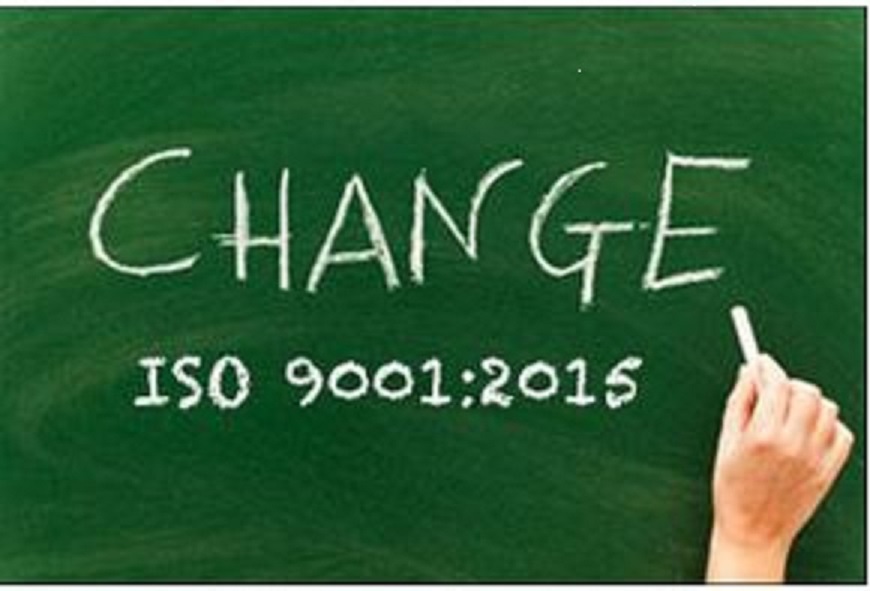With a revised Quality Management System (QMS) ISO 9001 standard published in 2015 we thought it would be useful to outline the changes, the reasons for the changes and the arrangements for adoption and transition.
Background
The ISO 9001 standard is revised every 6 to 8 years. ISO released a draft in June 2014 that was open for comment and voting by ISO members until October 2014. A final draft schedule will be released in the first half of 2015 and the current standard, ISO9001: 2008, will be replaced with ISO9001: 2015 in September 2015.
Key Changes Proposed
A common structure for all management system standards
ISO has developed a new common format for use across all management system standards.
Management responsibility expanded to leadership
Management is required to “demonstrate leadership and commitment”, which represents an expanded role. The QMS is expected to be closely integrated with the organisations strategic direction and business processes. The requirement for a “Management Representative” has been removed and these duties may now be split across several roles.
Risk-based thinking to be applied to preventative action
Risk based thinking and a risk driven approach is required to be applied to preventive action throughout the development and implementation of a QMS.
Preventive action and continual improvement clauses removed
Preventive action will now be covered under risk-based thinking. ISO 9001: 2015 is more explicitly focused on the use of quality management principles so the term “continual improvement” has been adjusted to “improvement”.
A process approach to quality management required
ISO 9001:2015 now has an explicit requirement to apply process approach to quality management and clearly identifies which is expected in the process approach.
The term “goods and services” to be adopted
The term “product” is be replaced with the term “goods and services”. The use “product” to cover services and physical products has been a hindrance to service organisations understanding and applying the standard.
The term “documented information” to be adopted
The terms “document”, “documentation” and “record” are to be replaced with the term “documented information”. There are no mandatory requirements for a “quality manual” or “documented procedures”, which is major changes from the current standard. ISO 9001: 2008 prescribes 6 mandatory procedures that are removed under the requirements of ISO 9001: 2015. “Documented information” must be maintained as evidence. These are currently known as “records”.
Exclusions are more difficult
ISO 9001:2008 clause 1.2 (exclusions) will be removed from ISO 9001:2015 as the ISO is of the view that there should be no technical reasons preventing an organisation’s QMS from meeting all the requirements of the future standard.
Why
To facilitate integration with other management system standards
In the last 25 years, many other management systems standards have come into use worldwide. Organisations using multiple management system standards and are increasingly requesting a common and aligned format and language.
To address the increasing complexity of the business environment
Business models continue to become more diverse as evidenced by the importance of the global economy and a move towards online business. Proposed revisions, which put a greater emphasis on leadership and require risk based thinking and a process approach to quality management, are examples of how the revised standard seeks to address these challenges.
Adoption and Transitional Arrangements
Once ISO9001: 2015 is released organisations seeking first-time certification will be bound by the new standard requirements. Organisations that are certified under ISO 9001: 2008 at the time of release, have a 3-year transition period to ISO9001: 2015. These organisations will be expected to perform a gap analysis against the ISO 9001: 2015 requirements, develop an implementation plan to update their existing QMS, provide staff training and liaise with their certification body.

